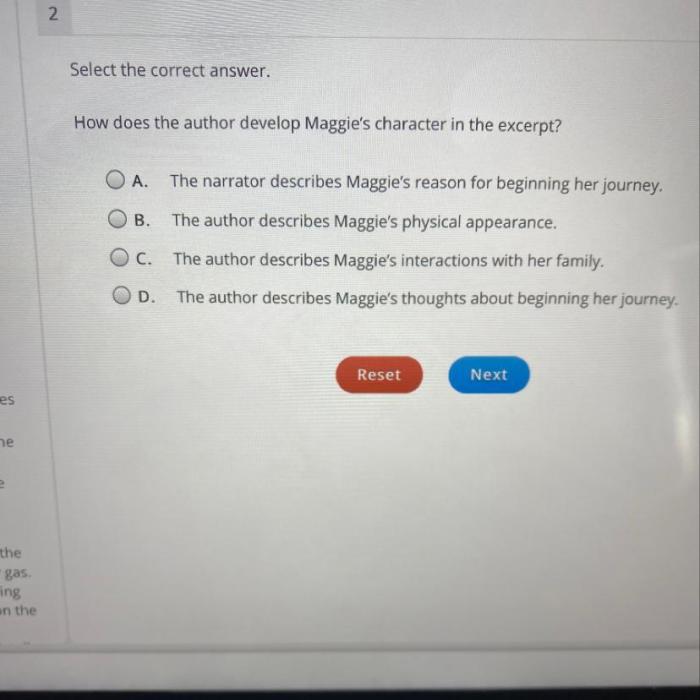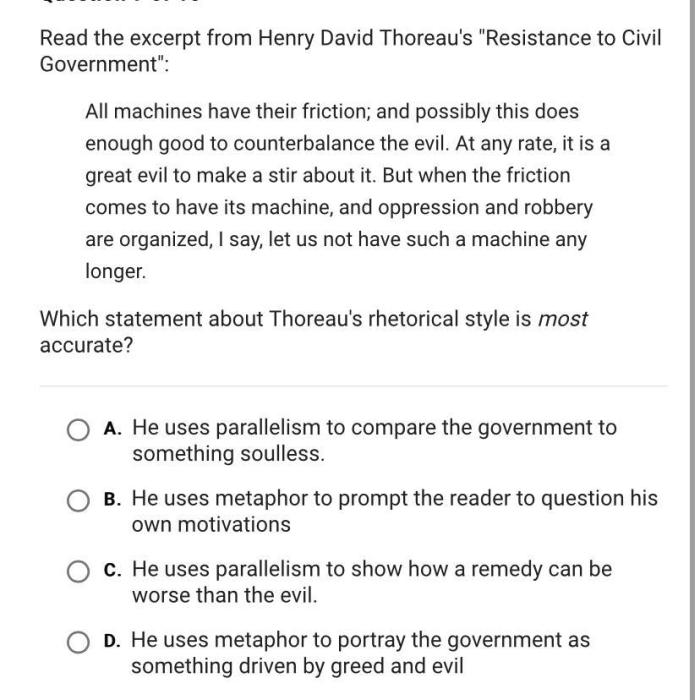In this excerpt wells entertains readers by – In this excerpt, Wells entertains readers by sets the stage for this enthralling narrative, offering readers a glimpse into a story that is rich in detail and brimming with originality from the outset. Wells masterfully employs a range of literary devices to capture attention, engage the imagination, and convey deeper meanings, creating an immersive and unforgettable reading experience.
Throughout the excerpt, Wells’ use of humor and wit adds a layer of levity to the narrative, keeping readers entertained while also highlighting the author’s perspective on the events unfolding. The characters introduced in the excerpt are vividly portrayed through their interactions and dialogue, allowing readers to connect with their motivations and experiences.
Identify Techniques for Engaging Readers: In This Excerpt Wells Entertains Readers By

Wells employs literary devices to capture attention by creating vivid imagery, suspense, and humor. He uses metaphors, similes, and personification to paint vivid pictures in the reader’s mind, immersing them in the story. By incorporating unexpected twists and turns, Wells keeps readers engaged and guessing what will happen next.
Specific Techniques Used in the Excerpt
* Metaphor:“The world was a whirling dervish of color and sound.”
Simile
“The wind howled like a banshee.”
Personification
“The trees danced and swayed in the breeze.”
Suspense
The description of the approaching storm creates a sense of anticipation and unease.
Humor
The use of irony and exaggeration adds a touch of humor to the narrative.
Impact on Reader Engagement
These techniques engage readers by stimulating their senses, emotions, and curiosity. They create a connection between the reader and the story, making it more immersive and enjoyable.
Analyze Use of Humor and Wit
Wells incorporates humor and wit into the excerpt to entertain readers and convey his perspective. He uses irony, satire, and wordplay to create humorous moments that lighten the mood and make the narrative more relatable.
Instances of Humor and Wit
* Irony:The description of the “charming” village, which is actually a run-down and unwelcoming place.
Satire
The portrayal of the self-important villagers and their petty concerns.
Wordplay
The use of puns and double entendres, such as “the innkeeper was a mine host of woes.”
Effectiveness of Humor
Humor effectively conveys Wells’ perspective on the characters and events in the story. It allows him to criticize society and human nature in a lighthearted and entertaining way, making the message more palatable to readers.
Examine Characterization and Dialogue

Wells introduces a cast of characters with distinct personalities and motivations. He uses dialogue to reveal their character traits and advance the narrative.
Characters Introduced in the Excerpt
* Mr. Polly:A mild-mannered clerk who is dissatisfied with his life.
The Innkeeper
A greedy and unwelcoming man.
The Villagers
A group of narrow-minded and gossipy individuals.
Use of Dialogue
Dialogue is used to:* Reveal character traits (e.g., Mr. Polly’s meekness, the innkeeper’s rudeness)
- Advance the narrative (e.g., the villagers’ gossip about Mr. Polly)
- Create humor (e.g., the innkeeper’s sarcastic remarks)
Impact on Reader Engagement
Characterization and dialogue enhance reader engagement by creating relatable characters and driving the story forward. They allow readers to connect with the characters on an emotional level and become invested in their journey.
Explore Narrative Structure and Pacing

Wells structures the narrative to create suspense and tension. He uses flashbacks and foreshadowing to gradually reveal information and build anticipation. The pace of the story varies, alternating between slow and fast-paced moments to maintain reader interest.
Narrative Structure
* Flashbacks:Wells uses flashbacks to provide backstory and context.
Foreshadowing
He hints at future events to create suspense.
Climax
The story reaches its peak with Mr. Polly’s decision to leave the village.
Pacing, In this excerpt wells entertains readers by
* Slow-paced:Wells slows the pace to build tension and suspense.
Fast-paced
He speeds up the pace to create a sense of urgency and excitement.
Impact on Reader Enjoyment
Narrative structure and pacing play a crucial role in reader enjoyment. They create a sense of anticipation and excitement, keeping readers engaged and eager to find out what happens next.
Analyze Use of Imagery and Symbolism

Wells uses vivid imagery and symbolism to create a memorable and immersive experience for readers.
Examples of Imagery and Symbolism
* Imagery:“The sun hung low in the sky, casting a golden glow over the fields.”
Symbolism
The inn represents the stifling and oppressive nature of Mr. Polly’s life.
Impact on Reader Interpretation
Imagery and symbolism enhance reader interpretation by allowing them to connect with the story on a deeper level. They provide a sensory and emotional connection to the narrative, making it more meaningful and impactful.
Discuss Social Commentary and Satire
Wells uses social commentary and satire to convey his views on society and human nature. He criticizes the narrow-mindedness and conformity of the villagers, highlighting the dangers of groupthink.
Instances of Social Commentary and Satire
* Social Commentary:The portrayal of the villagers’ gossipy and judgmental nature.
Satire
The exaggerated and ridiculous behavior of the villagers, who are more concerned with appearances than substance.
Effectiveness of Social Commentary and Satire
Social commentary and satire are effective in entertaining readers while also making them think critically about societal norms and behaviors. They encourage readers to question their own beliefs and biases, fostering a deeper understanding of human nature.
Helpful Answers
How does Wells use humor to entertain readers in this excerpt?
Wells incorporates humor through witty remarks, playful language, and ironic situations, creating a lighthearted atmosphere that keeps readers engaged and entertained.
What is the significance of characterization in this excerpt?
Wells’ characters are well-developed and relatable, with distinct personalities and motivations. Their interactions and dialogue reveal their inner thoughts and emotions, allowing readers to connect with them on a deeper level.
How does Wells employ symbolism to convey deeper meanings?
Wells uses symbols and imagery to represent abstract ideas and emotions. These symbols add depth to the narrative, inviting readers to contemplate the underlying themes and messages.
